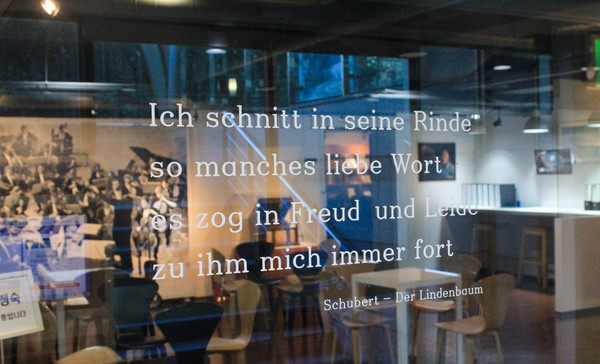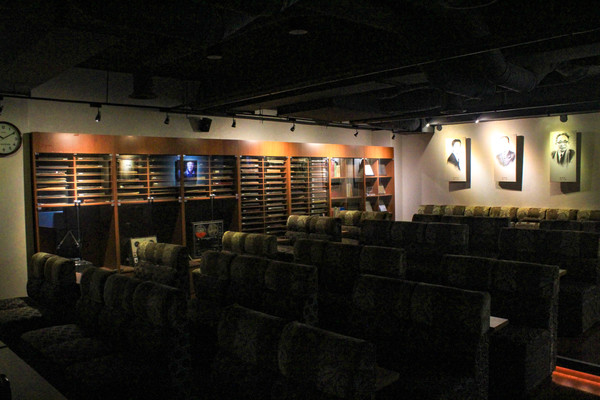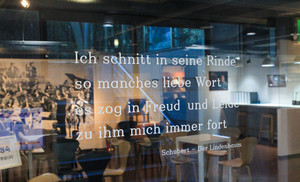- The Sound of Music in Daegu December 22, 2023
-
A journey through Daegu’s music culture
AS THE temperature is transitioning to winter weather, I found myself struggling to enjoy the crisp outdoor air. At the same time, I came to discover that Daegu, a city famous for its relatively warmer weather, boasts an affluent musical culture. The city was selected as United Nations Educational, Scientific and Cultural Organization (UNESCO Creative City of Music in 2017, even hosting an international opera festival featuring colorful opera music and collaborations with local artists[1]. Looking to escape from Seoul’s cold weather and with a curiosity about the music culture of a distant city, I decided to take a short one-day trip to seek the charm of Daegu.
 PHOTOGRAPHED BY SHIN JUNG-YEOP
PHOTOGRAPHED BY SHIN JUNG-YEOP
Auditory thrill in Dongseong-roMy journey began in Dongseong-ro, the central street of Daegu filled with bustling pedestrians and stores. In a historical context, Daegu was the birthplace of contemporary music in Korea; the first piano in Korea was introduced in the city[2]. This moment led to a rapid advancement in Daegu’s music culture, with skilled musicians from all around the country gathering in the city to interact with each other.
The antique vinyl bars standing in the corners of Dongseong-ro therefore represent a legacy of more than 50 years of musical creation and innovation. Among the variety of spots, Nok-hyang contains plentiful memories and promotes this culture as the first and oldest vinyl bar in Korea[3]. Now part of the Hyangchon Cultural Center, where remnants of Daegu’s history are displayed, the venue offers traces of the past and various music programs such as local concerts that any citizen can enjoy[3].
A staircase hidden amidst dim lights and silence led to *Nok-hyang*, which was on the basement floor of the center. Although my visit took place not long past the opening hour, the space was already filled with a tranquil air that harmonized with the murmuring lyrics of classical music. The venue was somewhat different from the common concept of vinyl bars, which are typically open spaces filled with displays full of antique vinyl discs. In contrast, at *Nok-hyang*, a DJ booth is set in transparent glass walls, resembling the view of a radio show with an open audience. The rooms were filled with various materials from decades-old phonographs to autographs of celebrated musicians, showing *Nok-hyang*’s legacy.
One unique space in particular captured my attention. A door on one side of the center led to a pitch-black room resembling a cinema. Consisting of a stage at the front and ascending seating, two large speakers were delivering the melody of classical music selected by the DJ. It is a space where people can enjoy the music without any distractions, effectively creating a sound theater. The antique and extraordinary experience provides a glimpse of how the initial vinyl bars were different from the common venues we find today. PHOTOGRAPHED BY SHIN JUNG-YEOP
PHOTOGRAPHED BY SHIN JUNG-YEOPThis article was contributed by Yonsei University's student-led English monthly, The Yonsei Annals, written by its reporter Shin Jung-yeop.
Read the full article at the Yonsei Annals' website: https://annals.yonsei.ac.kr/news/articleView.html?idxno=11132
show mobile menu
mobile menu




